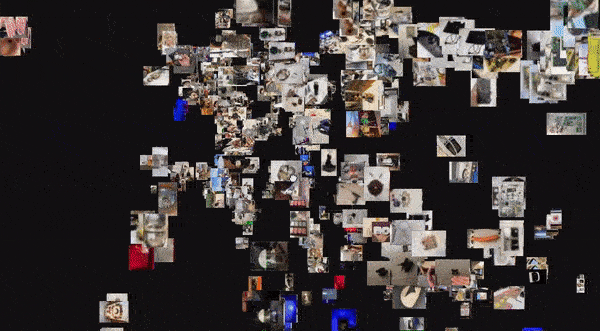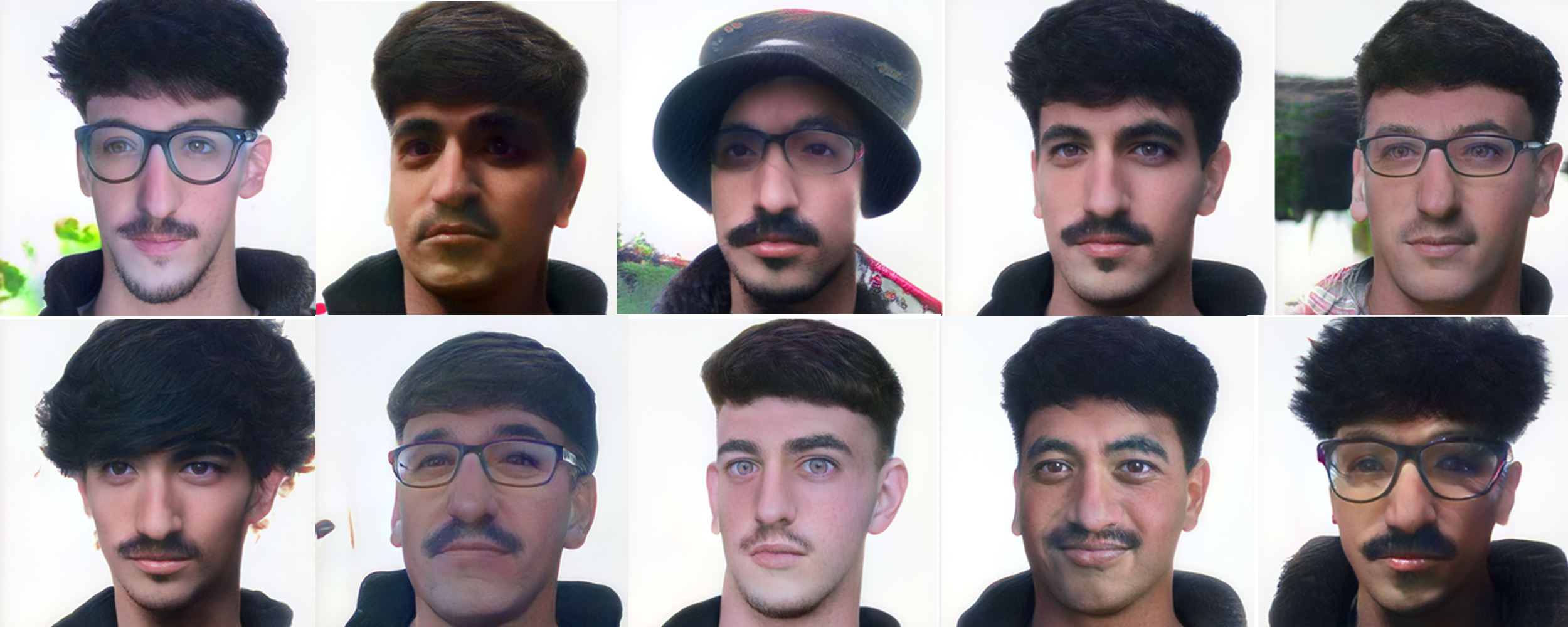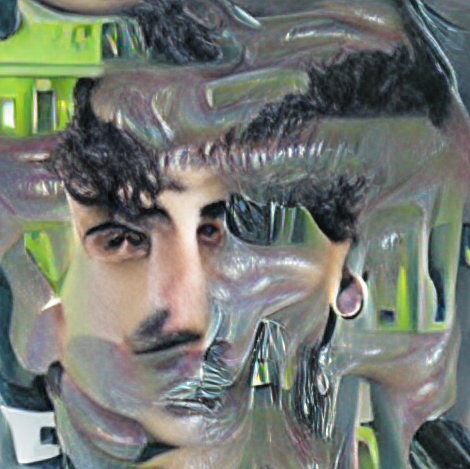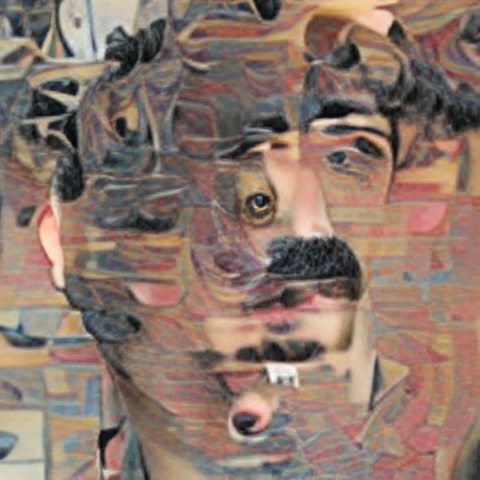/weekNine-Ten.extended_intelligences
(05_december_2021)
In this ninth week of the first term, the staff of Taller Estampa, a company dedicated
to creating art using artificial intelligence, came to introduce us to the basics of how
AI works and to give us some very interesting resources for us to use in the future with
our own projects.
During these sessions, they gave us an explanation of how Artificial Intelligence works
and the main parts that make it up: dataset, neural network and training. Of course,
there are many types of datasets and neural networks depending on the function that the
AI has to perform. For example, we could classify neural networks according to different
criteria: how they work, the data they have to process, the tasks they have to automate,
and so on.
There are neural networks for many different functions. During this short course we have
been able to work with some based on image classification, object recognition, image and
text generation, among others.
.image_classification
During the first class of this course, the guys from Taller Estampa gave us an exercise
consisting in the creation of two datasets for image classification:
- Dataset of 100 photos taken by us of the Poblenou neighbourhood showing the difference between old and new architecture.


.google_colab
Another tool that Taller Estampa showed us was Google Colab, a repository that allows
you to use AI without the need to have the neural network on your own computer. This
utility is also linked to Github where there is a lot of content already created about
networks for any type of AI you want to use.
As examples, we used an AI that allowed us to generate new images from people's faces
and therefore the result was non-existent people's faces. This is an example of how
this AI works:

This neural network also allowed you to add your own face and generate variations
of it taking into account different nodes and being able to adjust the "temperature",
a concept that corresponds to how random you want the result to be (the bigger the
number, the more random the final image). Here are some results of mixing my face with
the images from the original dataset:

.replicate.com
This website also includes many libraries where you can play with different image
generation and art networks. It was very interesting to see how you can create an
abstract work from random words and try to understand how the AI makes its own
interpretation of each of the compositions. These are some examples of images
generated with networks from this website:



.recip.AI
Finally, we had to carry out a small speculative project about creating an artificial
intelligence for a specific purpose. Our group, formed by Angel, Audrey, Joaquín,
Roberto and myself, decided to focus our AI on the world of food.
The aim of our project was to be able to create new recipes from recipes from
all over the world that could be made with local products from each country. Also,
an image would be generated that would indicate more or less what the dish would
look like. This is the presentation of our idea:
Participating in this course was undoubtedly a rewarding experience. In my case, I
had never explored this field or its possibilities and the fact of being able to learn
about all these resources has been really useful and has undoubtedly opened up a new
world for me. Personally, I really like art and I think that the work done by Taller
Estampa is surprising and very interesting at the same time. Combining technology and
art is one of the things that I like the most and that, until now, I had only applied
in the world of manufacturing. Thanks to this I will be able to incorporate more
techniques and I will have more resources for my next projects.
It was also interesting to see how the dataset is fundamental when it comes to
understanding how neural networks work and how this can lead to social conflicts.
One has to make a very conscious use of these technologies, knowing their limits and
correcting those parts that are distanced from the human character that machines do
not have.
_________________________________________________________________________
(12_december_2021)
During the second week of extended intelligences, Ramon Sangüesa and Lucas Lorenzo
talked to us about different applications of AIs from their beginnings to the present
day and also raised the moral dilemmas that these new technologies can cause.
In this second part, we did not focus so much on how these neural networks work, but
rather on how they should be used and, above all, how they should be approached in
order to be useful for society.
It is also interesting to note that AIs should not only be used to solve current
problems but can also serve as a method to solve future problems. The more versatile
an AI is, the more it can serve as an example.
.designing_with_AI
Finally, during these three sessions we were also challenged to speculatively design
a product incorporating an AI. Given that time was quite limited, the exercise
basically focused on discussing the problem to be solved, the objective of the product,
inputs and outputs, and finally, the ethical challenge involved.
Our group, formed by Chris, Joaquín, Paula B. and Ruben, decided to focus the theme of
the product on earthquakes, as they are an important topic in many Latin American
countries. So, we thought of developing a product with two main functions: to alert
when there is an earthquake what measures have to be taken and to notify when there is
a possibility of a new earthquake in the future.
This device would have as inputs data from past earthquakes and would also have inputs
corresponding to data when an earthquake is active, in order to be able to register in
a distributed way the wave effect of this and analyse it for future cases.
